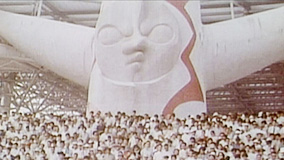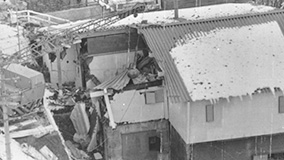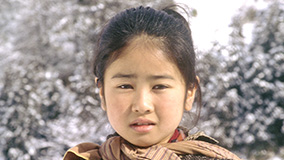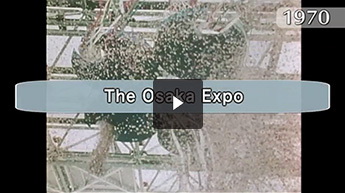The 1970 Osaka Expo gave Japan a great opportunity to show the world how it was thriving as an economic power. In 1972, the last few members of a radical student movement sparked a hostage crisis that became known as the Asama Lodge Incident. Marathon live television coverage of the police siege pushed the media to greater prominence. In 1973, an oil crisis resulting from a price hike by producers in the Middle East caused a shortage of goods in resource-poor Japan and slowed the country's economic growth. Even so, Japan maintained twice the growth of the United Kingdom, the United States, and West Germany. Before long, the country experienced an economic bubble in which citizens spent lavishly on gold and real estate. Meanwhile, a television drama about a girl from a poor farming village who succeeds in business became a smash hit in Japan and other countries in Asia and beyond. Later, Emperor Hirohito's reign, which had spanned tumultuous events during the prewar, wartime, and postwar years, came to an end when he died at the age of 87.

Visitors flood into the site of the Osaka Expo.

Police try to dislodge hostage-takers during the Asama Lodge Incident.

A child actress plays the title role in the hit TV drama “Oshin”.

Revelers dance at a disco (a symbol of the bubble era).
Jump to the Japanese page where you can watch over 2000 clips





